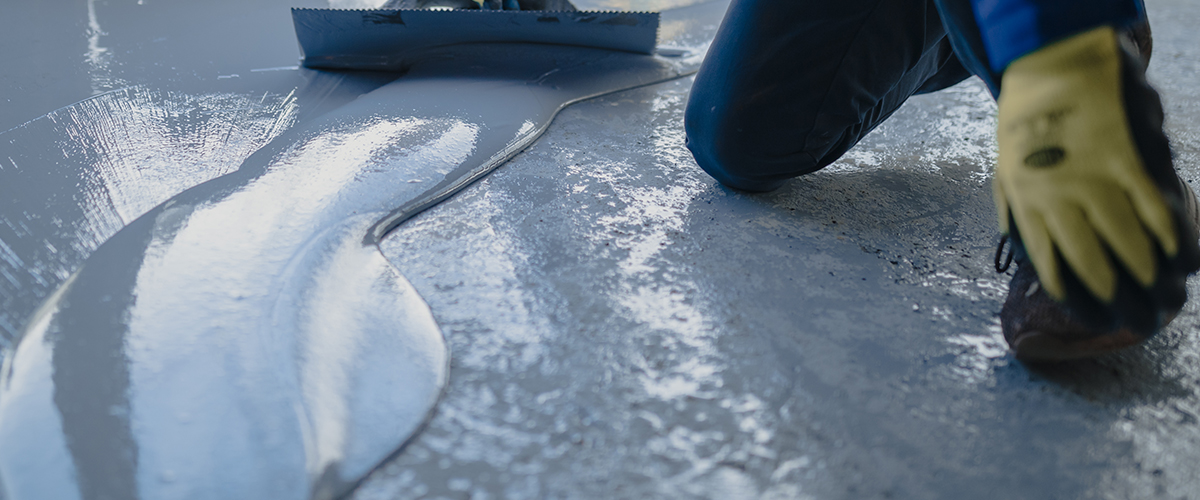
Customer Case Study: How HPMC Solved Leveling and Segregation Issues in Large Healthcare Facility Self-Leveling Mortar
A leading construction chemical supplier was providing a Self-Leveling Mortar (SLM) solution for a large healthcare facility project. The project required extremely high precision in floor flatness for the installation of complex medical equipment. The client faced two core technical challenges: the leveling performance of the mortar had to be perfect, and after long-distance pumping and resting, there could be no aggregate segregation or surface bleeding.
The Challenge: Poor Leveling and Aggregate Segregation
The client's original Self-Leveling Mortar formulation suffered from the following issues:
Inadequate Leveling Performance: Although the mortar appeared fluid, it encountered significant resistance upon actual spreading. It failed to cover the large flooring area quickly and evenly within the required time, meaning the final flooring flatness did not meet the high standards of the healthcare facility.
Severe Segregation and Bleeding: Due to density differences in the mortar, the coarse and fine aggregate rapidly settled during curing. This resulted in aggregate accumulation at the bottom and excessive surface bleeding (water separation) at the top, ultimately causing inconsistency in strength and density across the floor layers, compromising long-term durability.
The Solution: Precision Rheology Control via Custom HPMC
To address the client's challenges, we recommended a specific grade of Hydroxypropyl Methyl Cellulose (HPMC) with a high substitution degree and medium viscosity. The core value of this solution lay in the precise regulation of the mortar's rheological properties:
Enhanced Mortar Cohesion: Our HPMC built a fine three-dimensional network structure within the mortar, significantly increasing the paste's cohesion. This effectively kept the aggregate particles in suspension, fundamentally solving the segregation issue and ensuring uniform strength from the bottom to the surface of the flooring.
Optimized Leveling Performance and Surface Quality: This particular HPMC imparted ideal pseudoplasticity (or shear-thinning) to the mortar. Under the shear force of pumping and spreading, the mortar's viscosity temporarily dropped, demonstrating excellent leveling performance and rapid spread. Once the external force stopped, the viscosity instantly recovered, preventing bleeding and secondary sagging, and ensuring a smooth, defect-free final flooring surface.
Controlled Open Time: The superior water retention capability of HPMC effectively extended the mortar's workability, giving the construction crew sufficient time for troweling and fine adjustments.
The Outcome: Perfect Flooring and Project Success
By adopting our HPMC solution, the healthcare facility project achieved the following critical results:
Flatness Achieved: The applied flooring surface successfully met the high-precision flatness standards required for complex medical equipment installation on the first attempt.
Uniform Strength: With zero segregation or bleeding, the mortar's final compressive strength was uniform and stable, ensuring long-term durability.
This case study demonstrates that precise selection and application of Hydroxypropyl Methyl Cellulose (HPMC) is the key to resolving rheology control issues in Self-Leveling Mortar and ensuring the high-quality delivery of construction projects.

